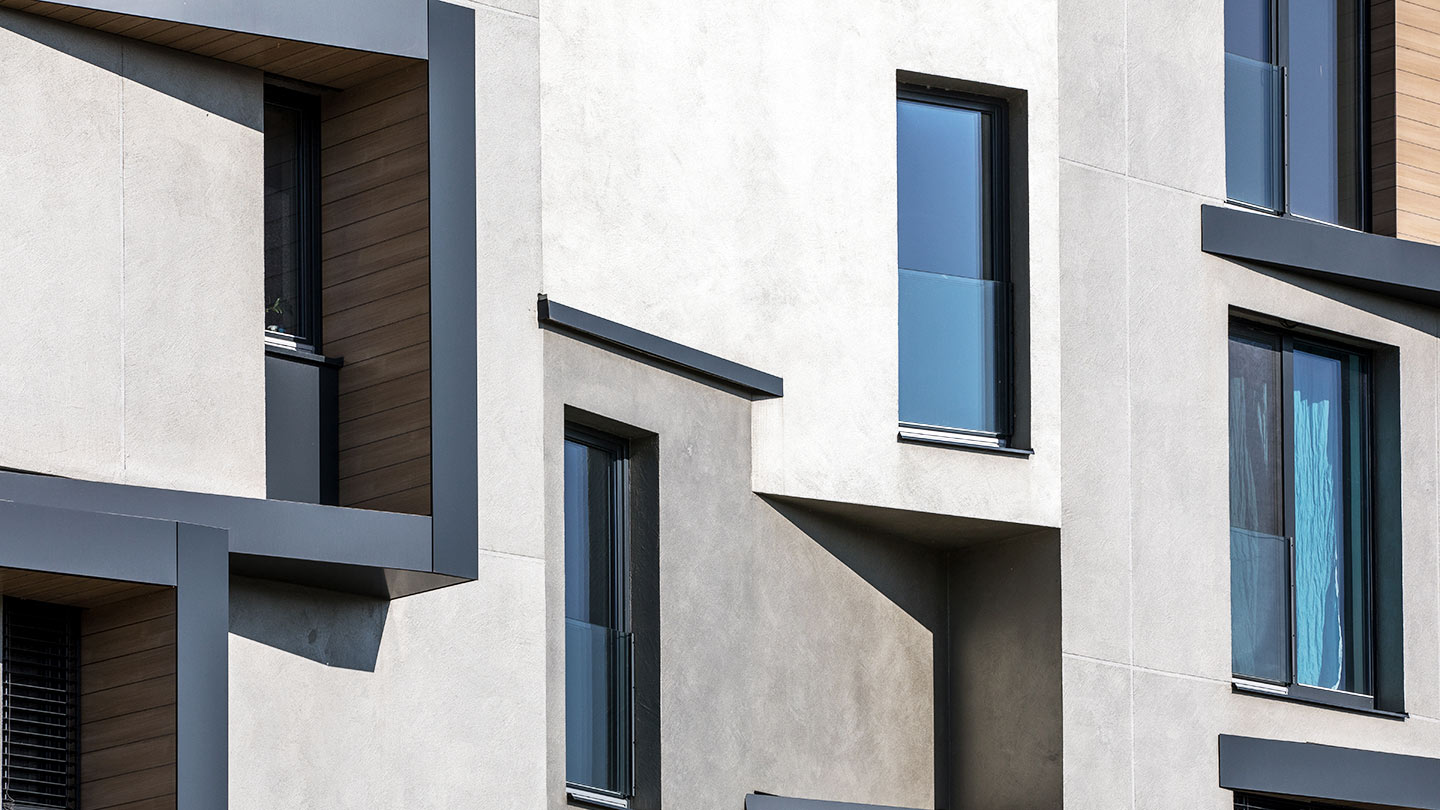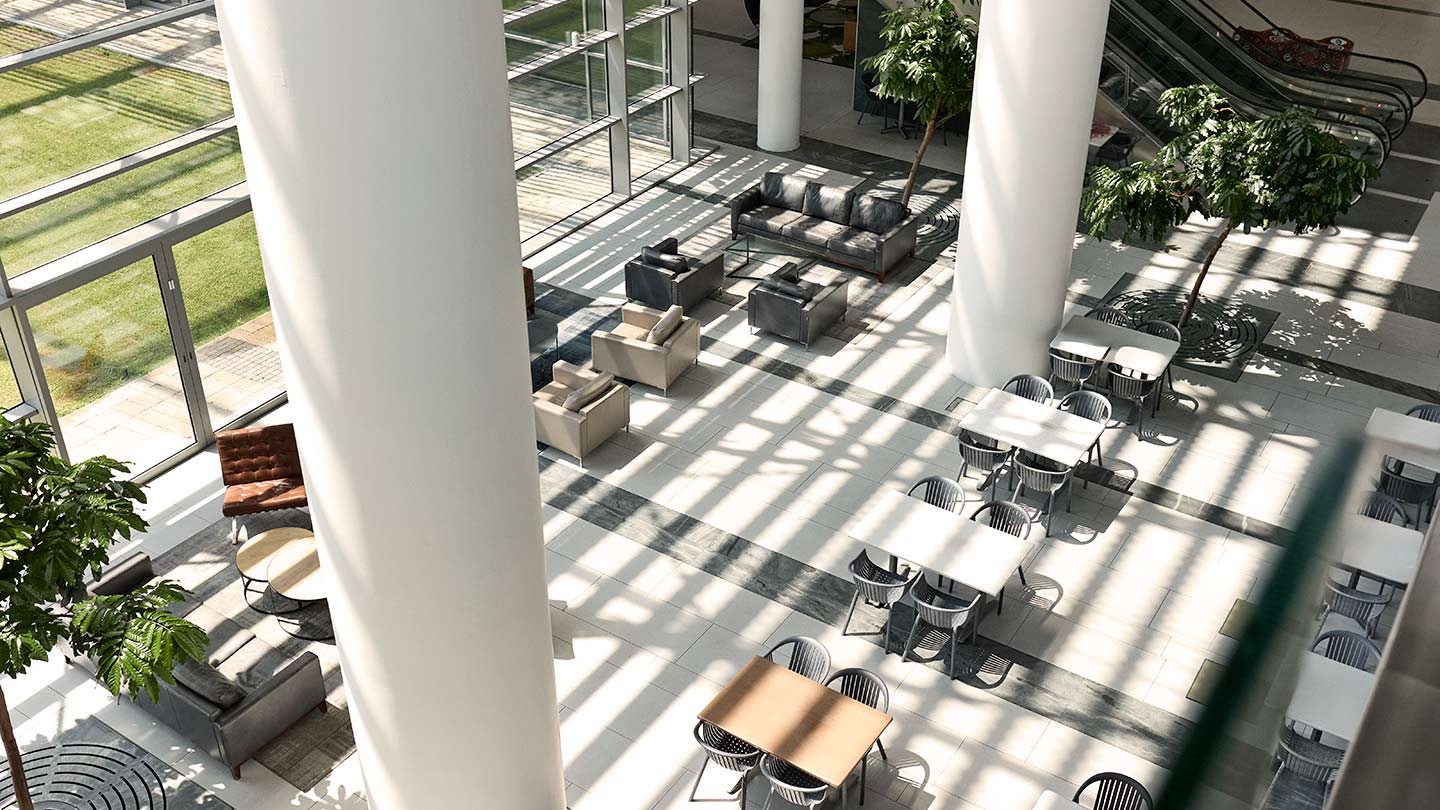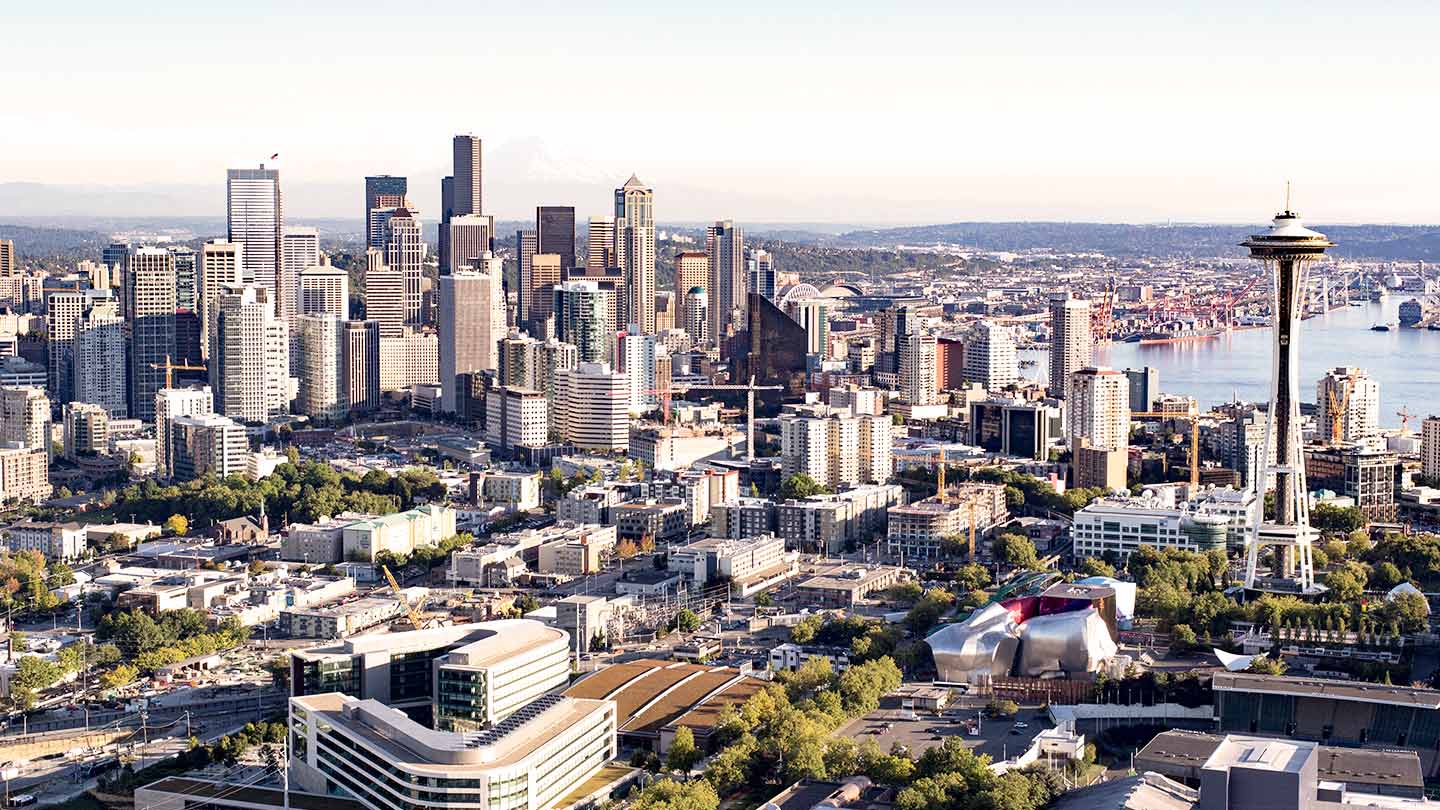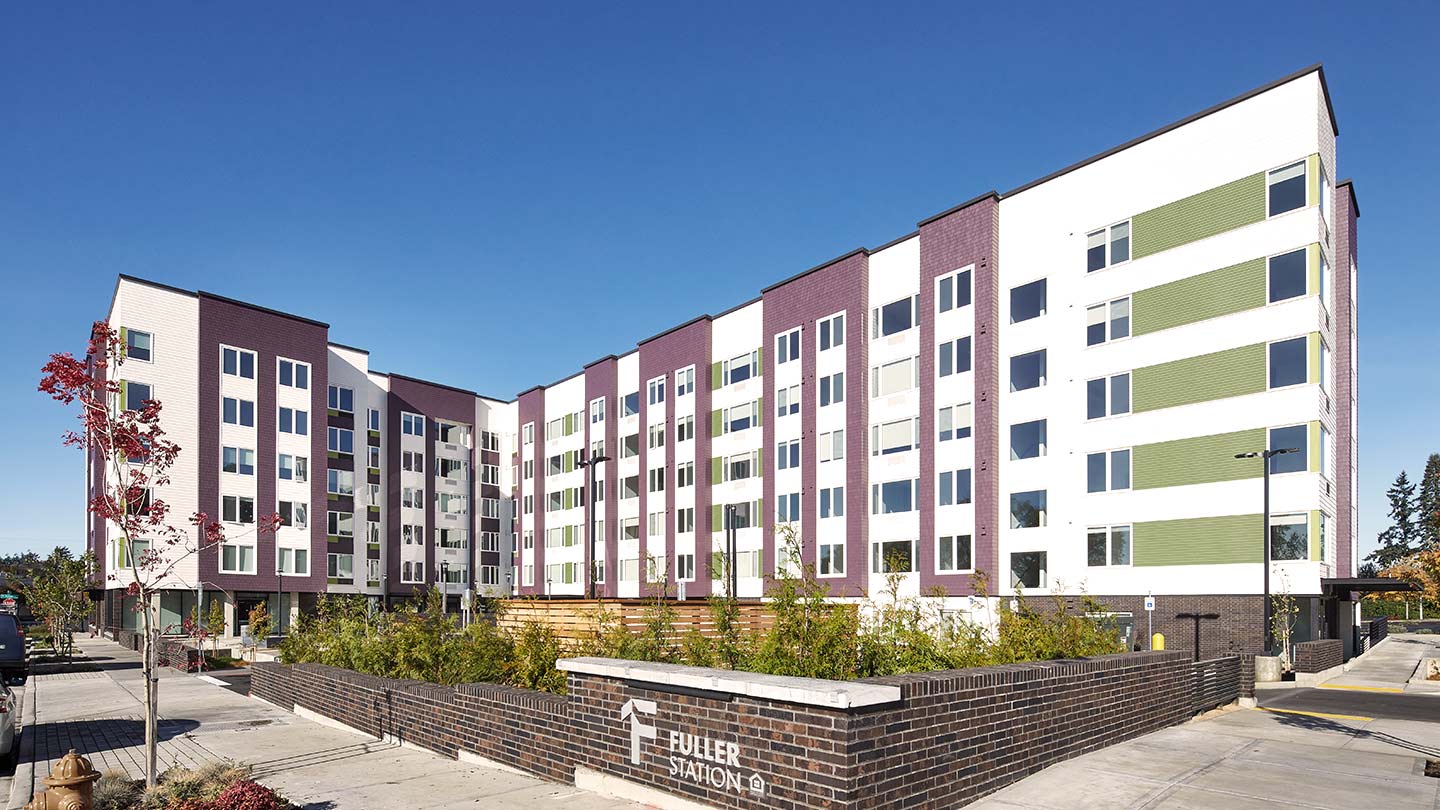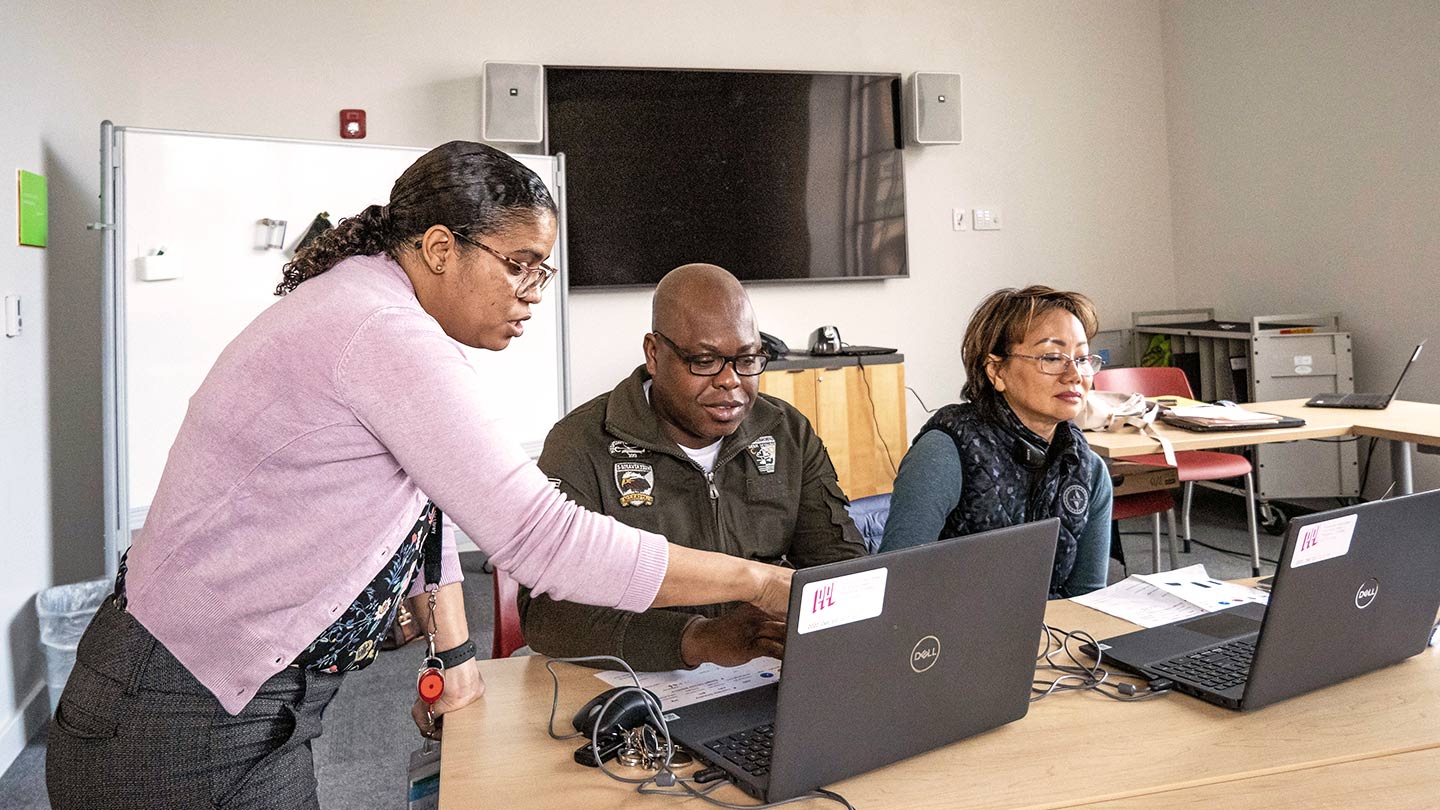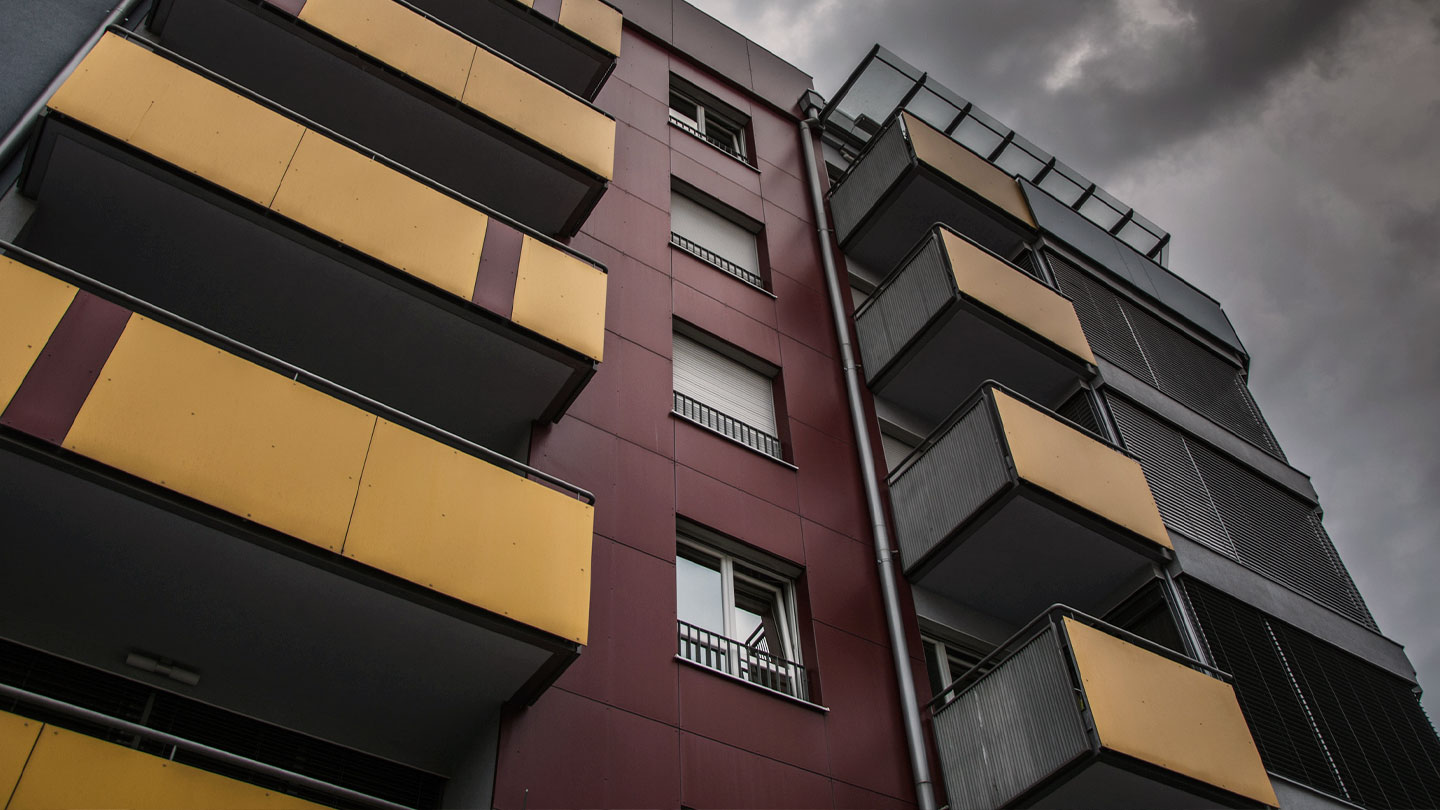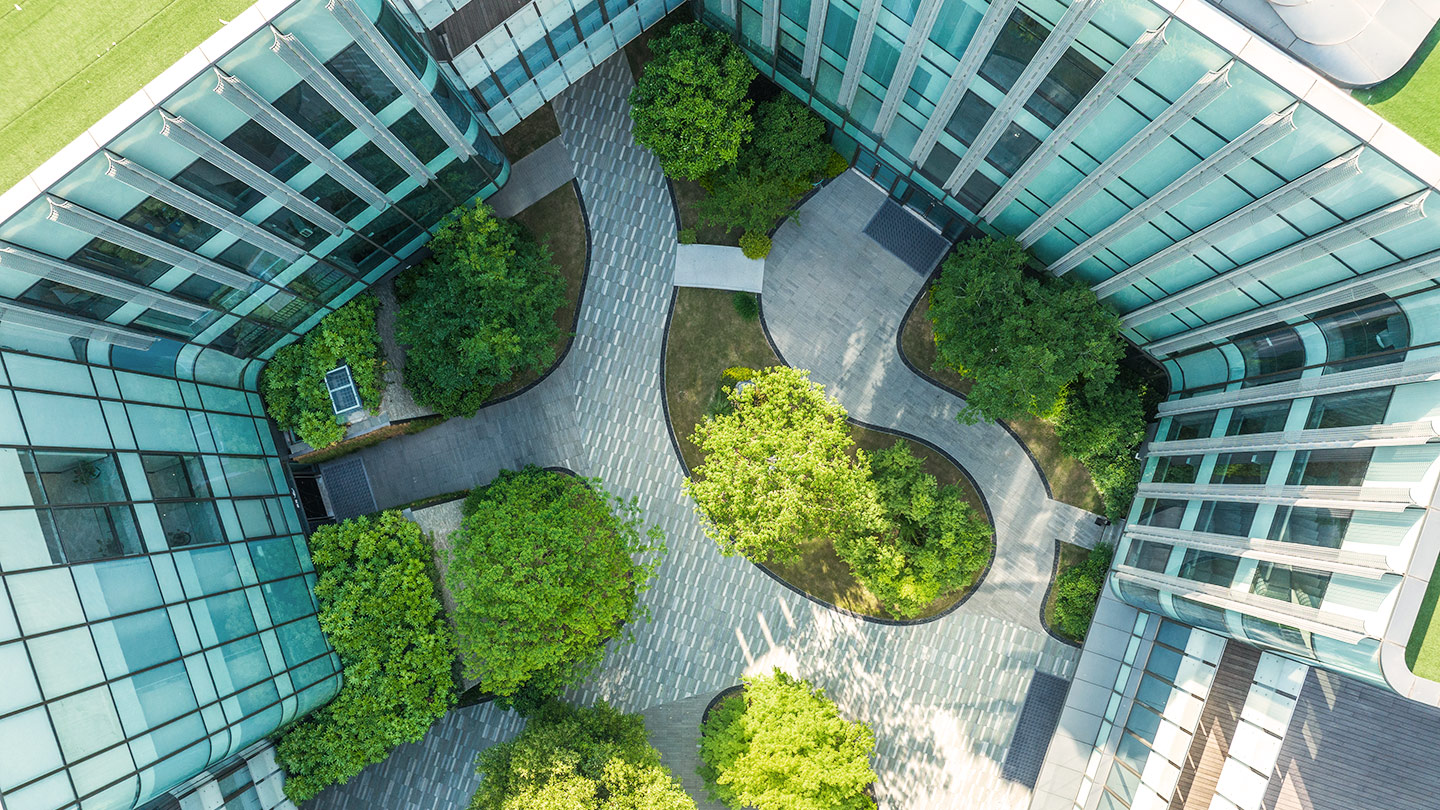
5 min read
Multifamily renovations can help you attract and retain residents, command higher rents and reduce maintenance costs. Renovating an apartment building may even be viewed as a less risky investment than acquiring a new one, particularly during an economic downturn, according to Fannie Mae’s Economic and Strategic Research (ESR) Group.
“For example, if fundamentals are at or above the competitive market set and you believe market conditions could soften soon, renovations could put a competitive moat around your property,” said Matt Felsot, Central Region Sales Manager, Commercial Term Lending at JPMorganChase.
But what property renovations should you make? And how can you finance the renovations? We offer some tips for renovating your rental property.
The best time for multifamily renovations
It’s generally best to make renovations when the rental market is strong. That way, you can see results sooner via higher rents and better renter attraction and retention. But renovating your apartment building can still be valuable in a down market. For example, if there’s a high vacancy rate in the area, performing renovations on unoccupied units could save you money long term.
Ultimately, the best time to renovate your multifamily property depends on several factors, including your:
- Budget: What is your budget, and will you have enough contingency? How much do you want to invest per unit? How will you measure investment return? How can you implement eco-friendly improvements to reduce operating costs and qualify for government incentives?
- Scope of work: Do you have a contractor available for the planned work? How long are lead times for labor and materials? Does your plan include moving walls? Will you need to hire architects and structural engineers?
- Resident impact: What balance between interior and exterior improvements do your renters want? How can smart technology help future-proof the property? How can you execute renovations with minimal disturbance to your renters and cash flow?
- Building’s condition: Are renovations needed to keep up with general maintenance? How could the building’s age impact the extent of your renovations? How can you incorporate technology and sustainability into property renovations?
- Local rental market: What are the conditions of apartment buildings nearby? What’s the area’s vacancy rate? Are there new multifamily properties planned in the area? Do your plans run the risk of over or under improving the property relative to your competitive market set?
Multifamily renovations with the best ROI
Renovation opportunities run the gamut and include constructing additional bathrooms and bedrooms, installing smart technology and adding new roofing. “Investors typically like to see returns of between 10% to 40% on investment dollars,” Felsot said. Some of the renovations with the best ROI involve:
- Maximizing outdoor space: Making the most of green space can go a long way in attracting and retaining apartment residents, especially in urban areas. Specific upgrades may include installing privacy fencing, outdoor lighting, dog-friendly space, grilling areas and furniture. Sprucing up your building’s landscaping to be more eco-friendly—adding native plants, permeable hardscaping and erosion control—may also reduce costs and draw in renters.
- Making tech upgrades: Proptech offerings are wide-ranging. Simple updates might include smartphone-based video intercoms and keyless entry systems. You can also use energy-management software, AI-powered tools and other proptech to inform your decision-making. “These solutions can help lower operating costs along with signaling to tenants that the property is environmentally conscious,” Felsot said.
- Going green: Green upgrades can range from installing energy-efficient windows and lightbulbs to incorporating solar energy and gray-water recycling. These renovations can also make your property more attractive to potential renters, especially among younger demographics. A First Insight study found that 73% of Generation Z (individuals born between 1995 and 2012) consumers would pay more for an eco-friendly product, and 54% would be willing to pay up to 10% more. There may be tax incentives and other savings opportunities available, too.
- Updating amenities: Upgrading your property’s amenities can also provide a high ROI. “For example, soundproof wood flooring appeals to residents and helps reduce turnover costs,” Felsot said. Investing in washers and dryers, stainless steel appliances and kitchen updates, such as refinishing cabinets and adding hard surface counters, can also maximize your ROI. If space allows, you could also add amenities common at newly constructed properties, such as a pet spa, package locker station and rentable clubhouse.
- Redesigning apartment units: A unit redesign may include adding or removing walls as well as adding square footage, rooms and new functionality. For example, converting a dining room into a bedroom can command higher rents. Likewise, constructing wider doorways and installing stoves with controls on the front of the cooktop can make your property more accessible for individuals with disabilities. “While these revised layouts are heavier lifts, they can be worth the time and expense as the market is looking for these solutions,” Felsot said.
How to finance multifamily renovations
You may be able to pay out of pocket for some simple updates, but for more extensive renovations, such as installing smart solar panels or upgrading your HVAC system, you may want to consider different financing options. Multifamily renovation financing could include:
- Lines of credit: With a line of credit, you only accrue interest on the amount you withdraw—not the entire credit line. Plus, you can adjust repayment amounts based on your cash flow and budget. “It’s important to note these lines of credit are usually variable rate, and costs could increase as rates rise,” Felsot said. “However, the debt can be quickly paid off—usually without incurring a prepay penalty.”
- Refinances: If you have an existing multifamily loan on your property, you can work with your banking team to use its equity toward renovations or adjust loan terms and monthly payments. “You can also refinance other properties in your portfolio to unlock ‘trapped’ equity to be redeployed back into the property,” Felsot said. “While the investor incurs interest expense right away, the rate can be fixed, allowing the borrower to avoid any future rate increase throughout the fixed term.”
- Agency loans: Regardless of market conditions, Fannie Mae and Freddie Mac offer competitive financing options, including moderate rehabilitation loans for apartment buildings. And if you’re making energy-efficient upgrades to your multifamily property, you may be eligible for one of the agencies’ green financing programs.
Once renovations are complete, get the word out through multifamily marketing.

